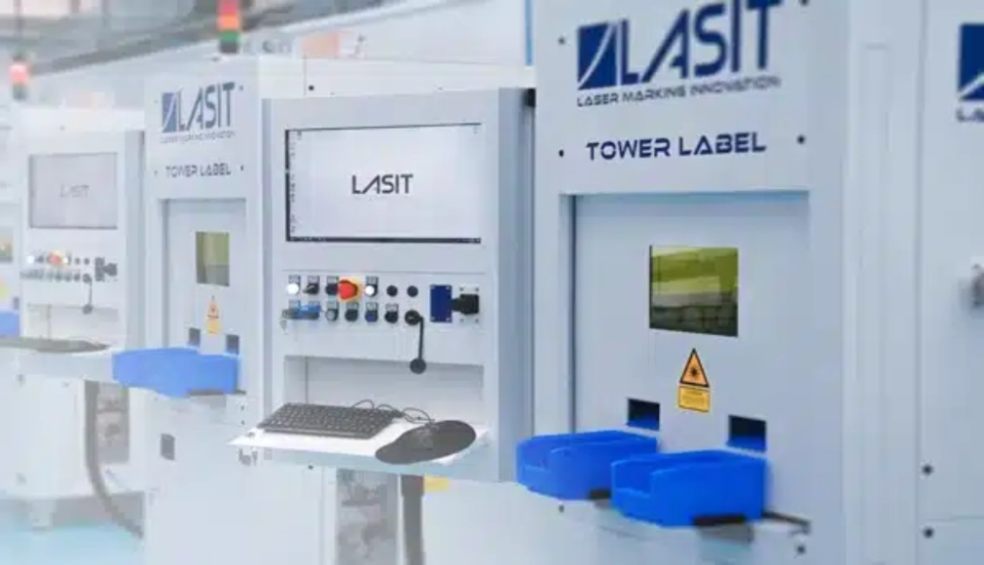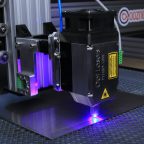
Navigating the Future: Industry 4.0, Global Economy and the Laser Marking Revolution
In a rapidly evolving global landscape, the fusion of technology with traditional industry is not just a trend but a transformation. Industry 4.0, characterized by the integration of digital technology and automation in manufacturing, is reshaping economies and creating new paradigms. Amidst this transformation, the laser marking technology stands as a symbol of innovation and efficiency. Here's an exploration of this complex landscape.
Industry 4.0: The Digital Revolution
Industry 4.0 represents the fourth industrial revolution, marked by the integration of smart technology in manufacturing environments. According to a report by PwC, the potential economic impact of Industry 4.0 could reach $4.6 trillion by 2028. This revolution is not confined to the developed world; emerging economies are also embracing this change, with Asia-Pacific expected to account for 30% of the global Industry 4.0 market by 2024.
Global Economic Landscape
The world economy is in a state of flux, with the ongoing pandemic and geopolitical tensions creating uncertainties. However, the adoption of Industry 4.0 is seen as a pathway to recovery and growth. The World Bank projects a global economic expansion of 4% in 2021, driven in part by technological innovation and digital transformation.
Laser Marking: A Symbol of Precision and Efficiency
Within the broader context of Industry 4.0, laser marking technology stands out for its precision, efficiency, and versatility. From automotive components to medical devices, laser marking ensures accuracy and compliance with global standards. The global laser marking market is expected to reach $3.38 billion by 2024, growing at a CAGR of 6.9% from 2019, according to MarketsandMarkets. This growth is reflective of a broader trend towards automation and precision in manufacturing.
Sustainability and Green Manufacturing
The shift towards sustainable and green manufacturing is another significant aspect of Industry 4.0. Laser marking, with its energy-efficient and eco-friendly nature, aligns with this shift. The ability to reduce waste and energy consumption positions laser technology as a key player in the sustainable manufacturing landscape.
Challenges and Opportunities
The road to Industry 4.0 is fraught with challenges, including cybersecurity risks, high implementation costs, and the need for skilled labor. However, governments and private sectors are investing in education, infrastructure, and research to overcome these barriers.
The Future: AI, Automation, and Beyond
The convergence of AI, automation, and other emerging technologies with traditional manufacturing is the future of Industry 4.0. The integration of these technologies is expected to create new opportunities, enhance efficiency, and drive economic growth.
The intersection of Industry 4.0, global economy, and laser marking technology is a complex but promising landscape. The fusion of digital technology with traditional industry is not just reshaping manufacturing but redefining global economic paradigms. Amidst uncertainties and challenges, the path forward is illuminated by innovation, precision, and a commitment to sustainability. The future is being navigated, guided by the unerring beam of the laser and the relentless pursuit of progress.














